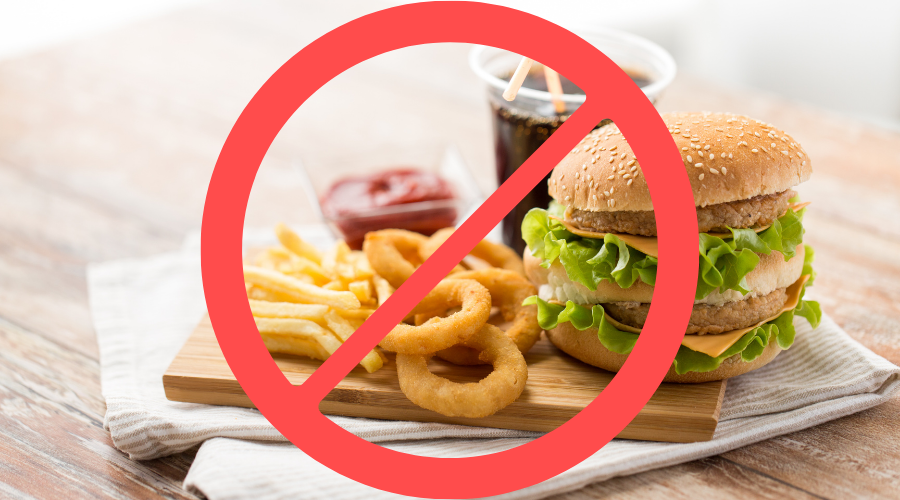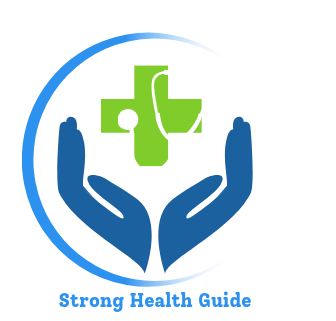For those with diabetes, choosing the right foods is crucial for managing blood sugar levels. Certain foods can lead to rapid spikes in blood glucose, making it harder to maintain stable levels and potentially worsening diabetes complications. Here’s a list of foods to avoid or limit to help keep blood sugar in check and support long-term health.

1. Sugary Beverages
Sugary drinks, including sodas, fruit juices, and sweetened teas, are high in simple sugars and can lead to rapid blood sugar spikes. These beverages lack fiber, which would otherwise help slow down glucose absorption. Regular consumption of sugary drinks has also been linked to an increased risk of insulin resistance and obesity.
Better Alternatives: Water, unsweetened herbal teas, or sparkling water with a slice of lemon or lime.
2. Refined Carbohydrates
Refined carbs, like white bread, white rice, pasta, and pastries, are quickly broken down into glucose in the body, causing blood sugar levels to rise sharply. They also lack fiber and essential nutrients. Choosing whole-grain alternatives is a better option, as they have a lower glycemic index (GI) and provide sustained energy without causing large spikes.
Examples to Avoid: White bread, white rice, regular pasta, and pastries.
Better Alternatives: Whole-grain bread, brown rice, quinoa, and whole-grain pasta.
3. Processed Snacks
Many processed snacks, including chips, crackers, and pretzels, are made with refined flours and added sugars, which can cause rapid blood sugar increases. They also contain unhealthy fats and are low in fiber, making them a poor choice for blood sugar management.
Better Alternatives: Raw veggies with hummus, unsweetened yogurt with nuts, or a handful of nuts and seeds.
4. Fried Foods
Fried foods are typically high in unhealthy fats, which can lead to weight gain and insulin resistance over time. These foods often contain trans fats and are low in beneficial nutrients. Additionally, fried foods like French fries and fried chicken are often breaded, increasing their carbohydrate content and impact on blood sugar.
Examples to Avoid: French fries, fried chicken, and fried snacks.
Better Alternatives: Oven-baked sweet potato fries, grilled chicken, or air-fried alternatives with minimal oil.
5. Sugary Breakfast Cereals
Many breakfast cereals marketed as “healthy” are actually high in added sugars, refined grains, and artificial flavors. These can cause a blood sugar spike right after breakfast, making it harder to manage levels throughout the day.
Better Alternatives: Steel-cut oats with fresh berries and nuts, chia pudding, or Greek yogurt with seeds and a small amount of fruit.
6. Full-Fat Dairy Products
While dairy can be part of a healthy diet for people with diabetes, full-fat dairy products like whole milk, regular cheese, and cream are high in saturated fat, which can lead to increased cholesterol levels and insulin resistance. It’s often better to choose low-fat or plant-based dairy alternatives.
Examples to Avoid: Whole milk, regular cheese, and cream.
Better Alternatives: Unsweetened almond milk, low-fat or Greek yogurt, and reduced-fat cheeses.
7. High-Fat Meats
High-fat meats, such as processed deli meats, bacon, and sausage, are high in saturated fats, which can increase inflammation and insulin resistance. Regular consumption of these meats has also been linked to a higher risk of heart disease, which is a major concern for people with diabetes.
Better Alternatives: Lean meats like skinless chicken, turkey, and plant-based protein sources like beans and lentils.
8. Sweetened Yogurts
Flavored yogurts often contain large amounts of added sugars, even if they’re labeled as low-fat or fat-free. These added sugars can cause blood sugar levels to spike. Plain yogurt is a much better choice, as it contains fewer carbs and has no added sugars.
Examples to Avoid: Flavored, fruit-on-the-bottom, or dessert-style yogurts.
Better Alternatives: Plain Greek yogurt with fresh berries or a sprinkle of cinnamon.
9. Packaged Baked Goods
Cookies, cakes, muffins, and other baked goods are high in added sugars, refined carbs, and often unhealthy fats. These items are not only calorie-dense but also have a high glycemic index, making it harder to maintain stable blood sugar levels.
Better Alternatives: Homemade low-carb desserts, like almond flour cookies or chia seed pudding with minimal sweeteners.
10. Fruit Juices and Smoothies
Although fruit juice is often considered healthy, it contains concentrated sugar without the fiber found in whole fruits. This can cause a rapid spike in blood sugar. Even smoothies, especially when made with fruit juices or sweetened yogurt, can lead to high glucose levels.
Examples to Avoid: Packaged fruit juices, smoothie mixes with added sugars, or juices with added sweeteners.
Better Alternatives: Smoothies made with whole fruits, vegetables, and unsweetened almond milk, or simply enjoy whole fruits in moderation.
11. Candy and Sweets
Candy, chocolate bars, and other sugary treats are high in simple sugars and lack beneficial nutrients, making them a poor choice for blood sugar control. These foods can lead to sharp rises in glucose levels and may make it harder to control cravings later on.
Better Alternatives: Dark chocolate with 70% or higher cocoa content, a handful of berries, or a small portion of nuts.
12. Alcoholic Beverages
Alcohol can lead to fluctuations in blood sugar levels, especially when consumed with sugary mixers. Beer and sweet cocktails have high carbohydrate content, and drinking alcohol on an empty stomach can cause low blood sugar in people who take diabetes medication or insulin.
Better Alternatives: If you choose to drink, limit intake and choose options like dry wine or spirits with soda water, and always monitor blood sugar closely.
Tips for Avoiding High Blood Sugar Foods
- Read Labels: Look out for hidden sugars in packaged foods and choose products with low or no added sugars.
- Focus on Whole Foods: Aim for unprocessed, whole foods like vegetables, lean proteins, and whole grains, which provide nutrients without added sugars.
- Choose Low-GI Foods: Foods with a low glycemic index have a gentler impact on blood sugar, helping maintain steady levels.
- Limit Portion Sizes: Even when eating healthy foods, large portions can contribute to blood sugar fluctuations. Practice portion control for balanced meals.
Conclusion
Avoiding or limiting foods high in added sugars, refined carbs, and unhealthy fats can make a significant difference in managing blood sugar levels for those with diabetes. Prioritizing whole foods, rich in fiber and healthy fats, helps provide steady energy and supports overall health. By making these mindful food choices, managing diabetes can become a more sustainable, natural process, leading to better long-term outcomes and improved quality of life.
4o
